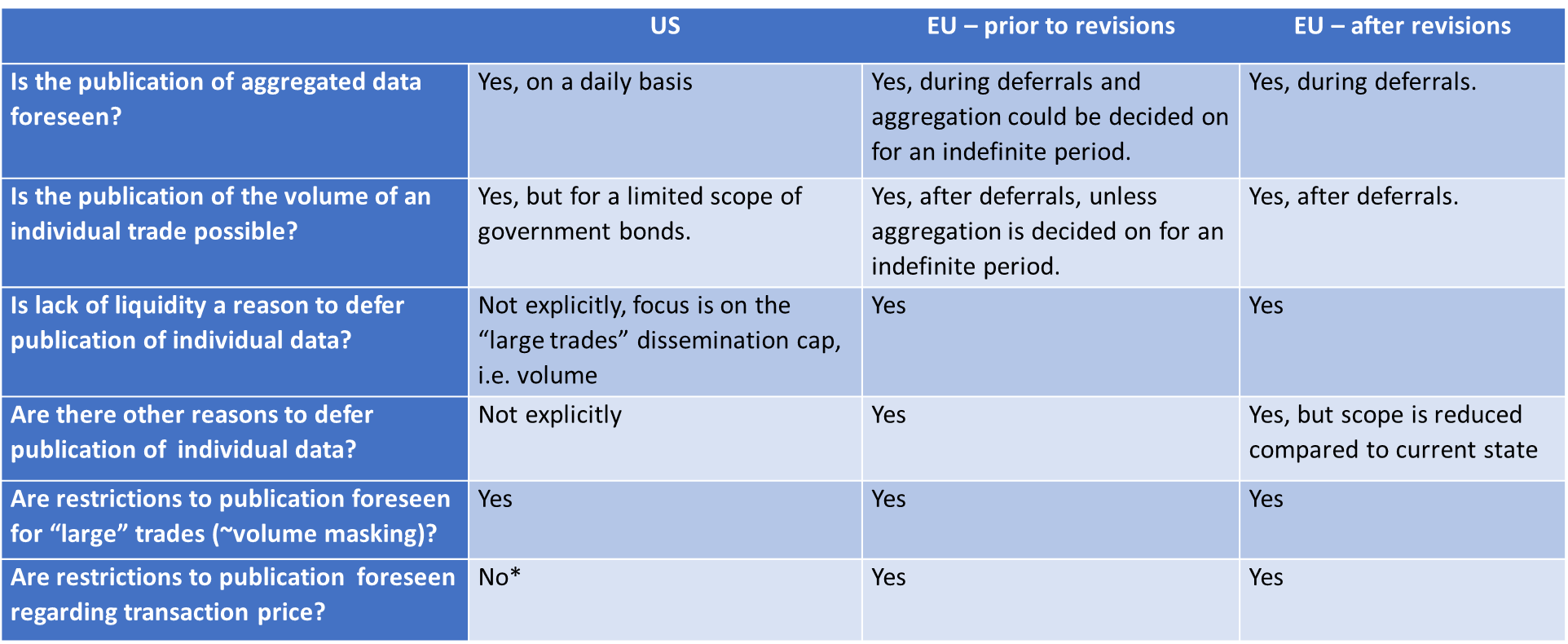Martin Scheicher is Adviser in the Directorate-General Horizontal Line Supervision of the Single Supervisory Mechanism. His work is focused on derivatives, OTC markets and Financial Market Infrastructure. Martin joined the European Central Bank in 2004. Prior to the SSM, he worked in various positions at the ESRB Secretariat, DG-Research and DG-Macroprudential Policy and Financial Stability. Before the ECB Martin worked in the Austrian Central Bank. Martin has been educated at the University of Vienna and London School of Economics. He has published numerous academic articles related to banking, financial stability and financial markets in academic journals such as the Journal of Financial Economics.





